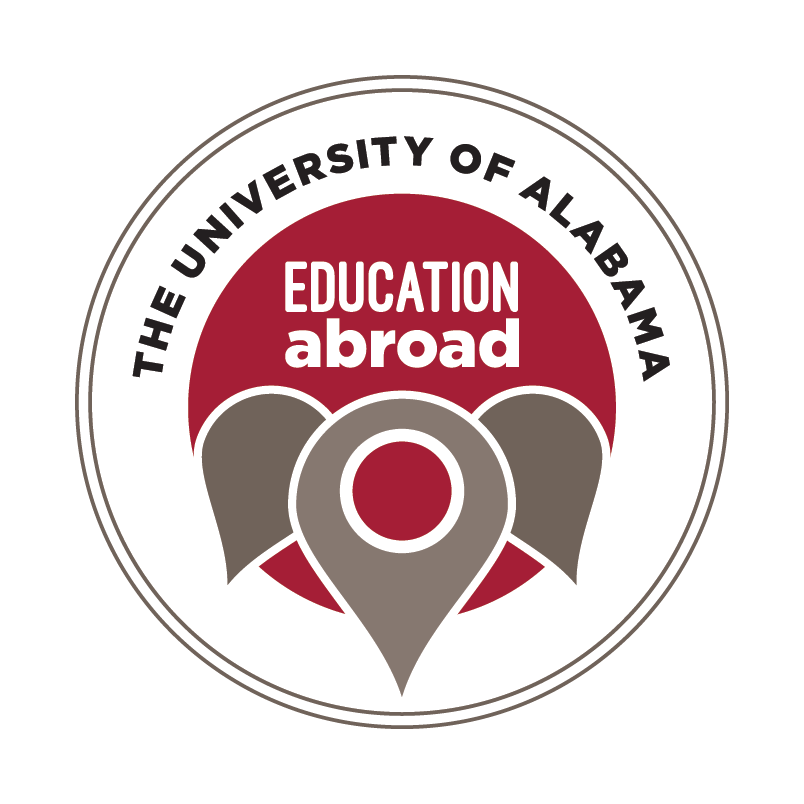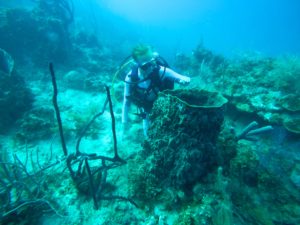Nothing compares to field experience. You can spend months in a classroom studying something but until you see it out in the real world your perception of it is never quite true. You need to see it in relationship to the other things in its environment and then you can form new questions based on those interactions. For example, this is a Xestospongia muta sponge. It is one of many sponges that I am responsible for identifying while conducting biodiversity studies on the coral reefs here in Honduras. Based on the pictures I was given to identify it, I thought it would be maybe be a couple of inches tall. I was wrong. This is a very large sponge, fellow intern for size reference. And the thing is, they get even bigger than this specific one. My understanding of this sponge was not yet complete because I did not have an accurate mental representation of what it is like in its environment. There are so many organisms that utilize this sponge that I did not even think about because I did not realize they got so large. I have found all different kinds of shrimp and sea stars hanging out in the ridges along the outside as well as small fish darting from space to space. These sponges get so large I have even found other sponges and corals growing out of the open center. I believe it is so important for every person, regardless of his or her major, to experience what they are studying in the real life environments or situations.

